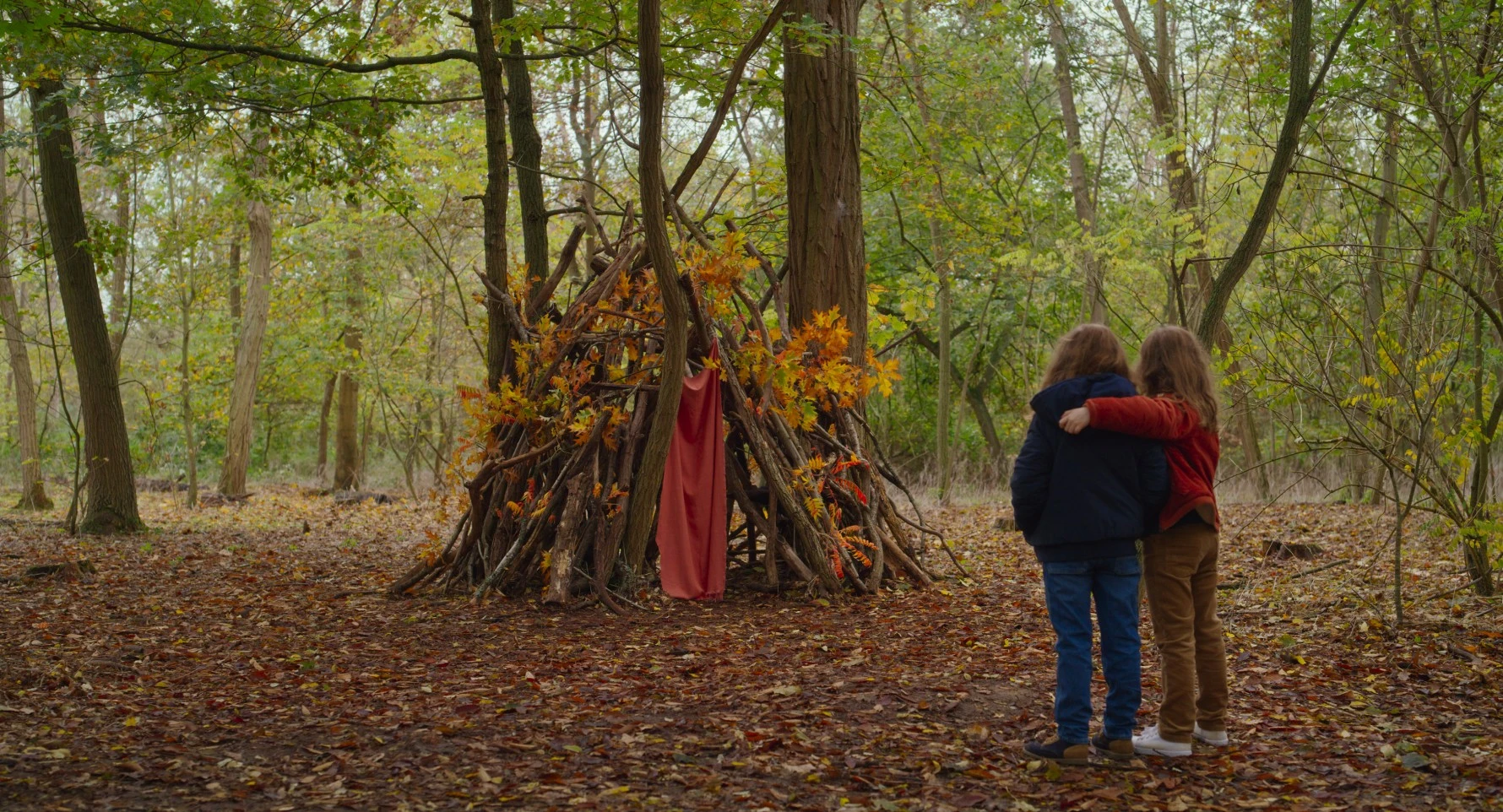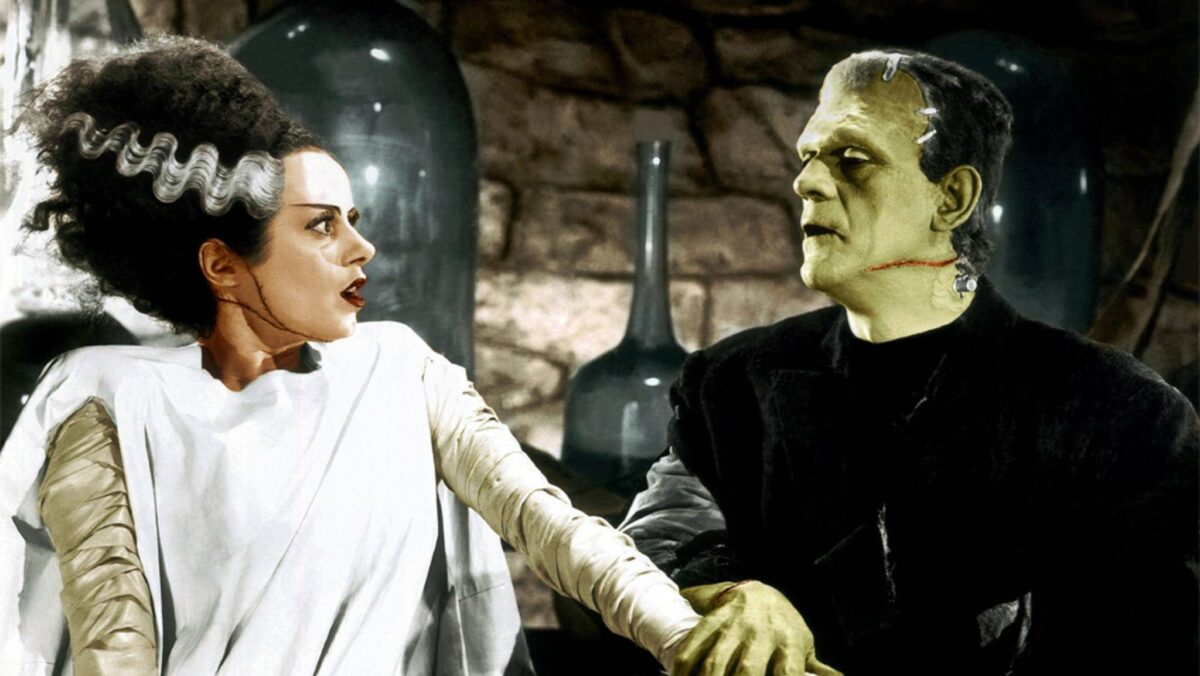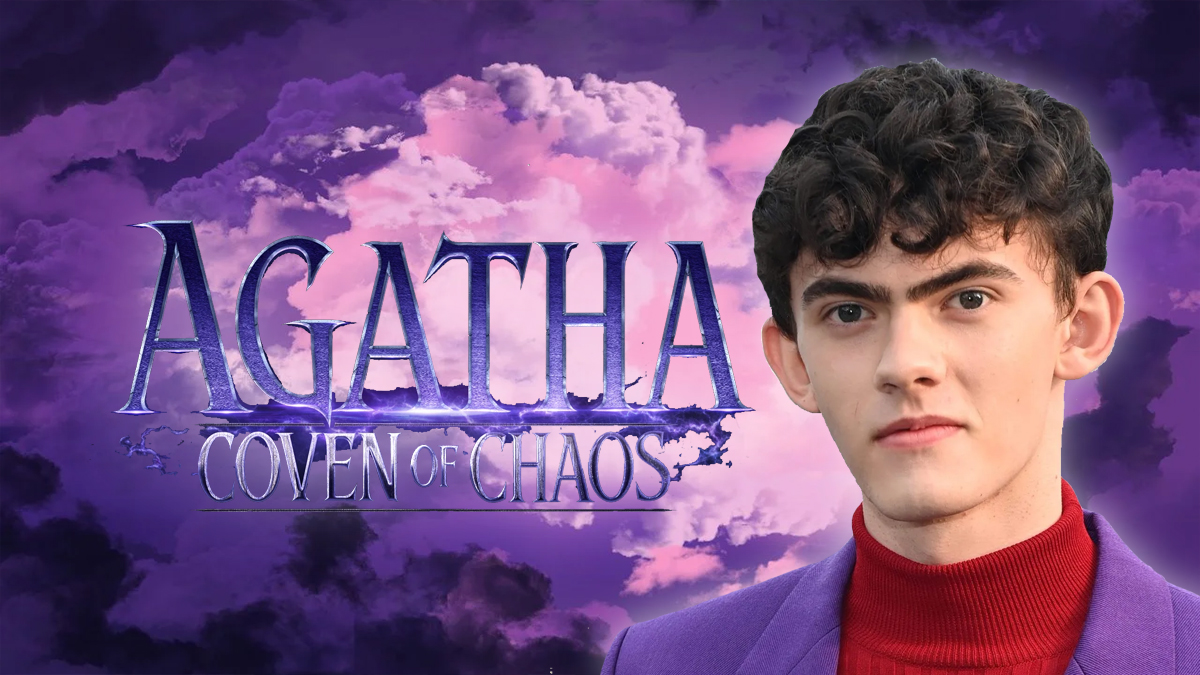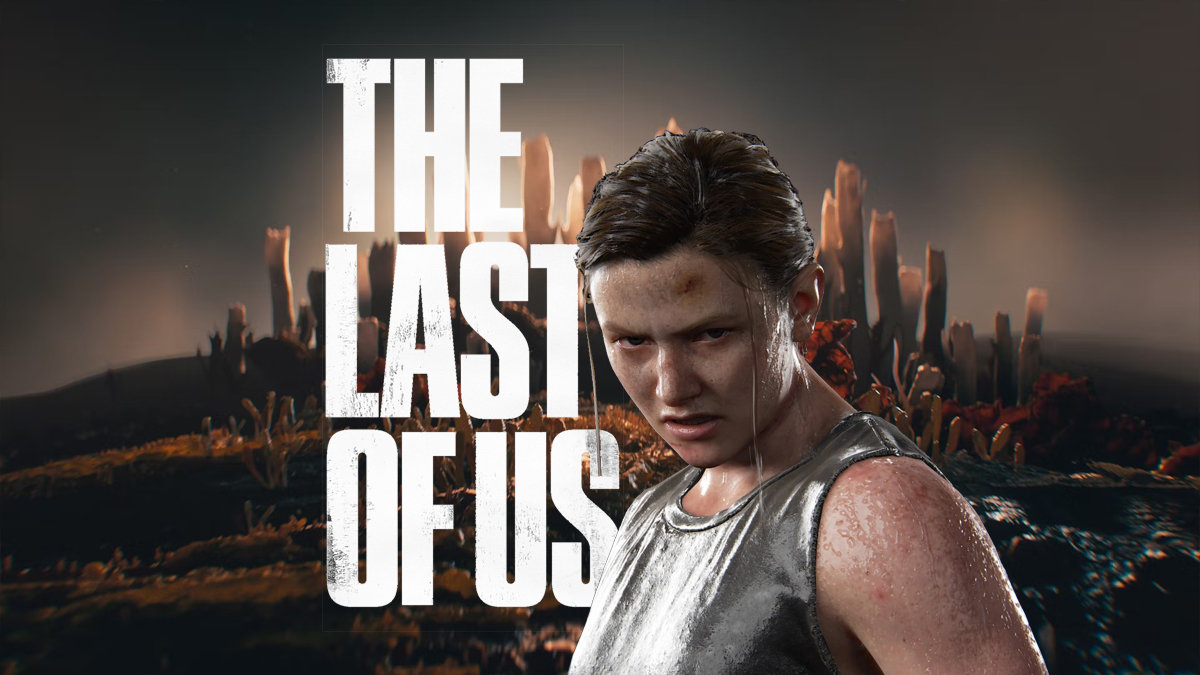Acclaimed filmmaker Céline Sciamma returns with her new film Petite Maman. Does it reach the same highs as her masterpiece Portrait of a Lady on Fire? Find out in our review down below.
With her last film, Portrait of a Lady on Fire, writer and director Céline Sciamma delivered one of 2019 very best films and one of the most critical acclaimed films in the last few years – just take a look at the 8.1 on IMDB, the Metascore of 95, and the 98% on Rotten Tomatoes. But Sciamma made a name for herself even before her best film yet, with the critically acclaimed independent films Tomboy and Girlhood.
RELATED: FANTASTIC BEASTS: SECRETS OF DUMBLEDORE OPENS UP THE MAGICAL WORLD AND EASILY THE BEST OF THE 3
Now, after her newest film Petite Maman once again garnered huge acclaim at a ton of festivals over the last year, the film is about to hit theatres. It is another admirable entry into her canon, though it feels distinctively smaller one.
Who Is Our Petite Maman?
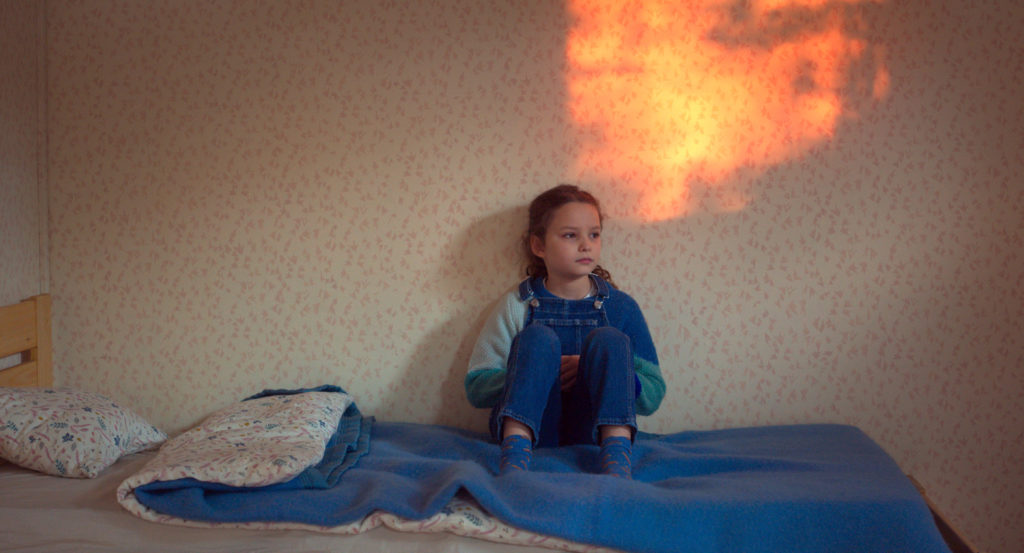
Nelly (Joséphine Sanz) has just lost her grandmother and is helping her parents clear out her mother’s childhood home. One day, when she is exploring the house and the surrounding forest, she meets a girl of the same age who is building a hut and they form a unique friendship.
To start off, Petite Maman is hardly comparable to Portrait of a Lady on Fire. It feels vastly different from a production standpoint, but the way Sciamma tackles the themes of both film feels very similar. The themes also are always the most important asset in Sciamma’s filmmaking. While she uses a grand and sometimes restless setting for intimate themes in her feature film released in 2019, she uses a quiet and small setting to tackle intimate/emotional themes in Petite Maman.
What’s interesting about that is the way the films were released: You would think that Petite Maman would be an earlier feature from Sciamma, just because of the small scale and also runtime (72 minutes), but it released after her “big” indie film Portrait of a Lady on Fire, which definitely had a bigger production, setting and even a bigger cast involved. It showcases that Sciamma knows how to tell a story and that she isn’t afraid to take a step “back” when its purposeful for it.
Petite Maman is a story about the relationship between a mother and her young daughter and Sciamma tells it with a lot of confidence and in basically a single location, as the film mainly takes place in a house and the forest around it. Those settings get used as “multiple locations” through the use of different colour grading, more minimalistic productions design and clever camera placements. I don’t what to give too much away, but it is pretty remarkable with how little Sciamma is able to portray an almost science fiction like concept.
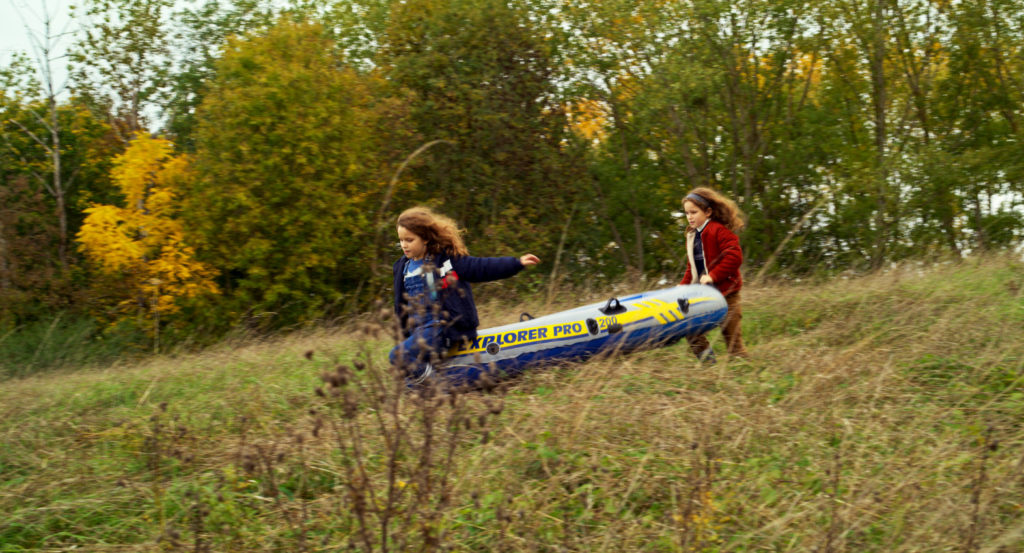
I also liked the way how she explored the themes of love, grief and mother-/childhood in this film, especially with the surprisingly short runtime, as it became fairly unique that a live-action film only runs for about 70 minutes. Because of that there obviously isn’t a lot of room for a convoluted film, meaning that there are no unnecessary scenes and every single one drives the plot or character arcs forward. But it is worth noting that even with its short runtime, the film’s pacing is rather slow as every scene gets a lot of room to breath and slowly play out.
But what stood most out about the film is its authenticity and performances. The film is carried on the shoulders of Joséphine and Gabrielle Sanz. The two young actresses deliver great child actor performances. Both are very subtle, but you instantly feel their connection and friendship. Céline Sciamma also perfectly directed the two and her vision (and screenplay) really captured the essence of being a child, that is clearly visible in how the two meet and how they interact with each other.
RELATED: ALAQUA COX TEASES UNEXPECTED PRODUCTION START FOR MARVEL SPIN-OFF SERIES ECHO
Sadly one of the films biggest advantages, its compact runtime, also is its biggest flaw. A lot of story potential gets left on the ground, as there is no time. That also means that there are no “complex” character arcs and I think that especially the story would have benefitted from a longer runtime, as it’s big story vehicle never gets explained as there is also no time for that. The film has this sci-fi influence but establishes it as something that exists “because” and never cares to explain “Why?” or “How?”
The film does have clues that lead you to the “How”, but never fully engage with at and just assumes the audience will understand, which don’t get me wrong, Yes, audiences will understand what is going on, but might be disappointed by the non-existent resolution. While Petite Maman doesn’t necessarily need that, it leaves a lot of potential on the floor and maybe left me with more questions than answers.
Petite Maman is a tender drama about universal themes, that plays with its genre elements, but never fully dives into them. As usual Céline Sciamma magnificently crafted a strong film, where it’s hard to put anything against it, but where Portrait of a Lady on Fire blew me away, Petite Maman left me wanting more.
3.5/5
The film is written and directed by Céline Sciamma and stars: Joséphine Sanz, Gabrielle Sanz, Nina Meurisse Stéphane Varupenne and Margot Abascal.
Petite Maman hits theatres April 22. 2022.
What do you guys think? Are you planning to watch it? Which is your favorite Céline Sciamma film? Let’s discuss everything in the comments down below and on our social media.
KEEP READING: MADAME WEB: SONY’S SPIDER-MAN SPIN-OFF GETS A HUGE SUMMER 2023 RELEASE DATE


